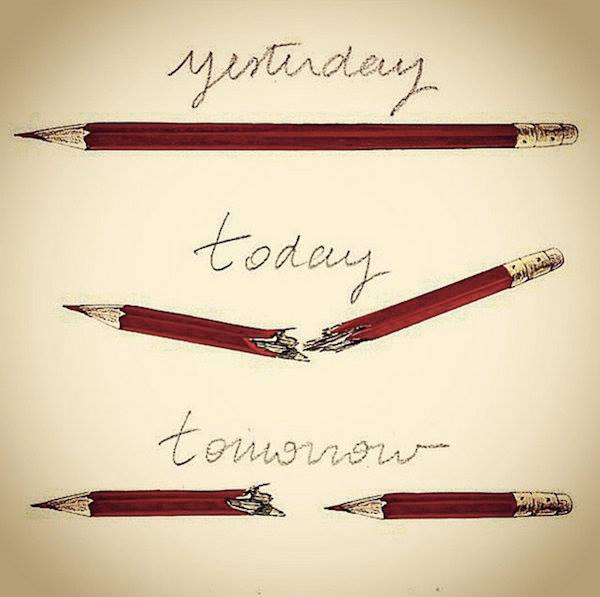In conjunction with the Iranian embassy the Örökmogó Filmmuseum, which is the outlet for the Hungarian Film Archive and presents a selection of international films all year round, is presenting a ten film survey here of recent Iranian film productions in what amounts to a mini Iranian film festival. The survey includes two slightly older films from the years 1992 and 1999, but the remainder are all films made after the turn of the millenium, primarily those released since 2004.
Ever since the early nineties Films from Iran have been widely circulated in various film festivals where they have picked up numerous international awards and the names of directors such as Abbas Kiarostami and Mohsen Makhmalbaf have become familiar to film festival participants and film fans who follow festival programming. The film industry in the Islamic Republic of Iran has, in fact, been so active over the past two decades and has produced so many talented new directors that the term "Iranian New Wave" is often heard these days.
What is unique about this collection of Iranian films currently on view in Budapest is that, aside from one exception, a 2004 film by a director with an international track record, Darius Mehrjui of the older generation, the rest are directors who are basically unknown outside of Iran. In essence what is offered is a kind of survey of topics of current interest to film audiences inside Iran, a country which has been cast in a rather demoniac light in the western press because of its persistent determination to become the next nuclear power in the Middle East (following neighbors Pakistan and India) coupled with disturbing proclamations by the current president that Israel is a "cancer in the region which must be removed from the map".
Since Iran is a country so much in the news these days but remains one which is all but unknown in the west, these films provide a unique window on daily life in the Islamic republic from the traffic choked freeways of Teheran, the modernized capital, to the dusty backward villages of the hinterland where people squat on the floor in chairless houses, and life is permeated by religion with constant references to the power of God woven into the fabric of everyday Iranian speech. The interplay between religion and daily life is an axiomatic given and is simply taken for granted as the natural background in most of these films, with little need to make it a central theme.
Far more interesting is the wide variety of life styles, attitudes, and even questionings of the validity of religion, that surface in many of these films, and provide a real inside view of a country that has been shut off for years from western eyes behind a cloak of extreme religious fundamentalism and heavy censorship, but has become, like it or not, a major player on the global geopolitical scene.
Of the ten films in this survey three deal with troubled father-son relationships (in one case a would-be father and a deaf mute boy), in essence moral essays on the obligations of fatherhood and the innocence of childhood. Two were gritty war films harking back to certain aspects of the Iran-Iraq conflict which lasted almost the entire decade of the eighties and from which Iran emerged as the heavy power in the region. The rest focus on various aspects of family life often drawing attention to the restrictions which Islamic religion imposes on individual behavior. In all of these films all females of all ages including children have their hair concealed by the ubiquitous Islamic head scarf except for one daring scene in one film where we briefly see a woman getting out of bed in the morning with her hair exposed. Nevertheless, women, young and not so young, were either the central figure or the co-star of six of these films.
Perhaps the most dominant theme in almost all Iranian films is the overarching importance of the extended family and the traditions which hold families together. The threat of “losing face”, with the picturesque metaphor of losing ones “face water” (awberoo), or respect in the eyes of the community, is an issue referred to frequently. Eight of the ten films were extremely heavy dramas, some with surprise endings tacked on to lighten an otherwise pervasive aura of despair. Only one, “Marriage Iranian Style” was an out-and-out comedy, and a good one at that, while Mehrjui’s basically light-hearted “Mama’s Guests” might be called a sit-com with social overtones.
My next report will contain capsule reviews of these films with remarks on directors, leading actors and themes addressed in them.
Stay tuned ... more to come.
by Alex Deleon, for www.filmfestivals.com
 Chatelin Bruno
Chatelin Bruno 


























